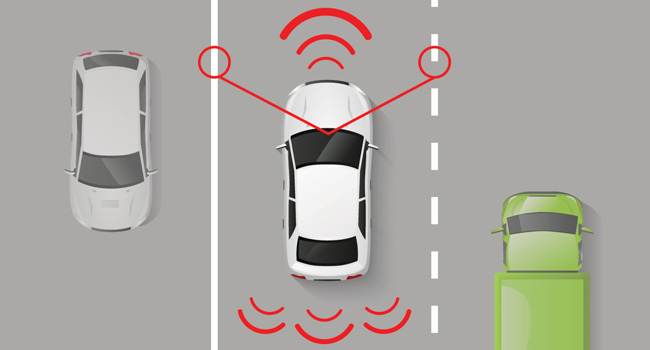
ADAS
Advanced Driver Assistance Systems
These are systems to help the driver in part or all of the driving process, alleviating driver, error, fatigue and generally improving road safety.
ADAS Safety features are designed to avoid collisions and accidents by offering technologies that alert the driver to potential problems, or for example, automate the vehicle lighting to come on at dusk or sudden darkness, provide adaptive cruise control, give automated braking, assist a vehicle to stay in its lane, give automated traffic warnings via GPS, allow handsfree voice activated smartphone connection, alert drivers to other cars or dangers, etc. Most of us have become familiar with many ADAS features over many years, withought often realising it, even on low end entry level vehicles.
There are many forms of ADAS available, which function from data supplied from modules such as, Cameras, LiDAR, Radar, Sensors, Computers, in-car networking. Emerging ADAS systems will also gain information from externally supplied data from V2V and V2X systems from real time interface with other vehicles and surrounding infrastructure.
Advanced driver assistance systems are rapidly growing and have various standards, such as, in vehicular safety systems to ISO 26262, Image sensor quality to IEEE 2020 and communications protocols such as the Vehicle Information API
